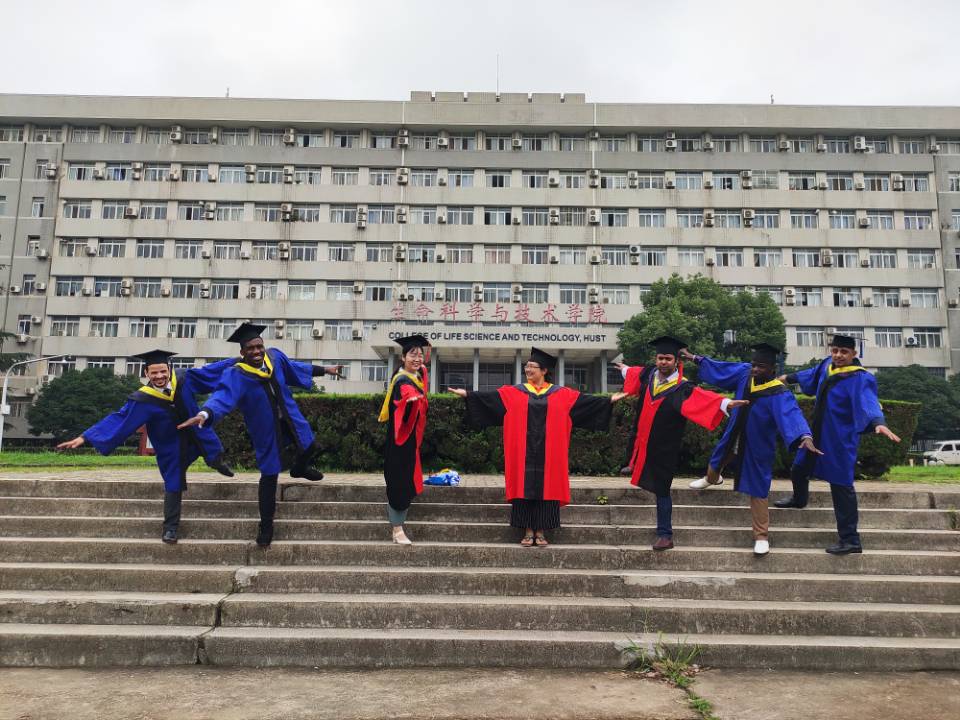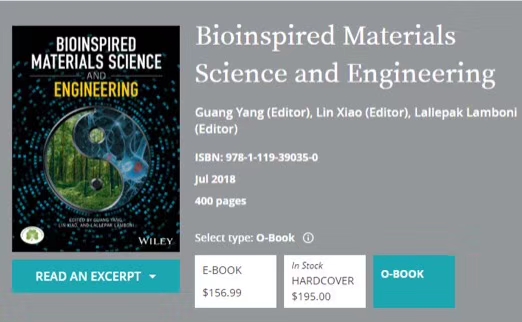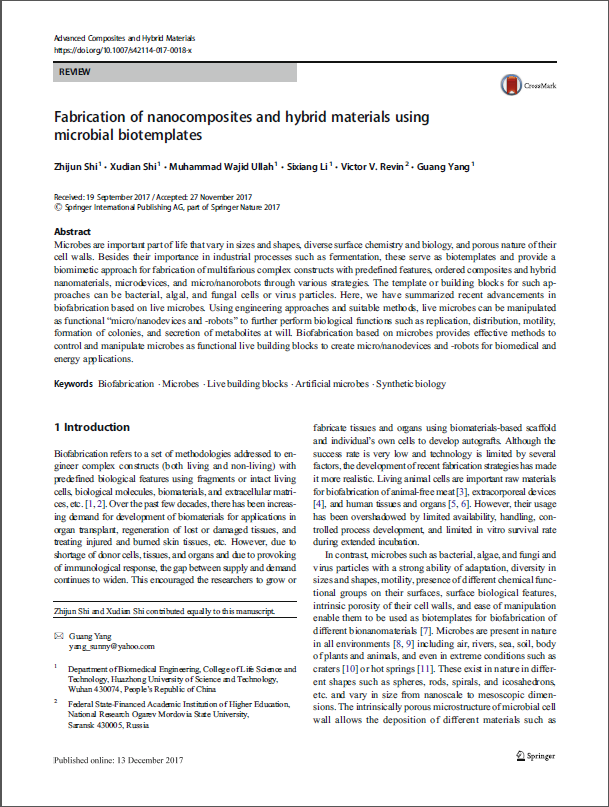Undergraduate course
First, the course name: the molecular structure of biological materials
Second, hours and credits: 32/2
Third, the curriculum objectives
1. To help students understand and master the nature of biological materials from the molecular level, to encourage students to learn to engage in innovative design of biological materials;
2. Understand and master the latest developments in biomaterials and their impact on society;
3. Cultivate students' autonomous learning ability, verbal and written expression skills, and team spirit.
Fourth, the application of disciplines
Biomedical Engineering, Biotechnology, Bioscience
Fifth, the basic teaching content and hours of arrangement
1, overview (2 hours)
Development of Biomaterials and Human Civilization
Molecular structure of biomaterials
2, biomaterial bionic design and engineering (4 hours)
Inspired by nature, the design of biomaterials
An example of biomedical biomimetic construction
Self - assembly and biological manufacturing
3, biochemical basis of biological materials (2 hours)
Water molecule properties and biological material structure
Protein structure DNA molecular machine and assembly
4, the molecular structure of collagen, silk and keratin (2 hours)
The structure and properties of collagen
The Structure and Properties of Silk and Keratin
5, the molecular structure of liposomes and oligosaccharide-based biomaterials (2 hours)
Molecular structure, properties and assembly of liposomes
Molecular Structure of Oligosaccharide - based Biomaterials
6, the polysaccharide biological material molecular structure (2 hours)
Structure and properties of cellulose
Structure and Properties of Chitosan
The structure and properties of other polysaccharides
7, shell, seaweed and coral molecular structure (2 hours)
Shell structure
The structure of seaweed
Coral structure
8, bionic mineralization (2 hours)
Mineralization Process and Mechanism
A Case Study of Bionic Mineralization
9, the molecular structure of bone and teeth (2 hours)
Differences in macroscopic structure between bone and
Molecular Basis of Bone and Dental Biomass
10, research and analysis of molecular structure of the tool I (4 hours)
Infrared (FTIR) and Raman (Raman)
Nuclear magnetic resonance (NMR)
Round color (CDC)
X-ray crystallography
11, research and analysis of molecular structure of the tool II (4 hours)
Transmission electron microscopy (TEM)
Scanning Electron Microscope (SEM)
Atomic force microscopy (AFM)
The application and limitations of various analytical tools
12, biological material molecular structure of the special study (2 * 2 hours, student report)
Nine, textbooks and reference books (choose one)
1. Branden and Tooze. Introduction to Protein Structure. 2nd ed. Garland Press, 1999.
2.Cui Fuzhai, Feng Qingling. Biomaterials. Beijing: Science Press, 1996.
3. Creighton, Thomas. Proteins, Structures and Molecular Properties. New York: W. H. Freeman & Co., 1993.






